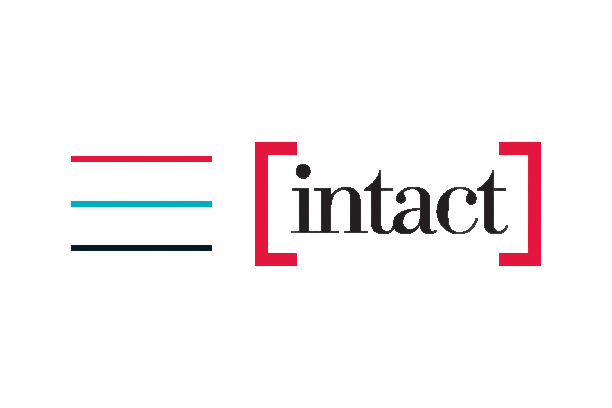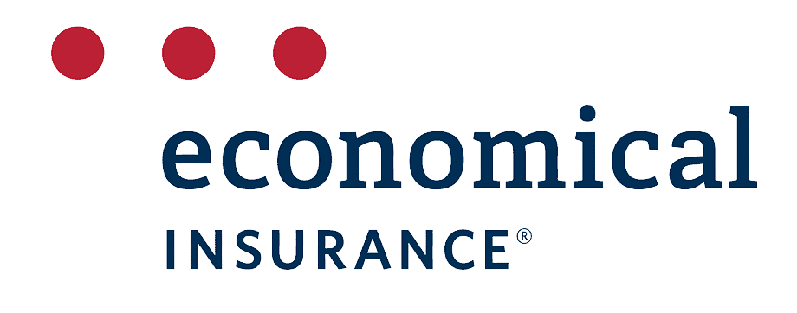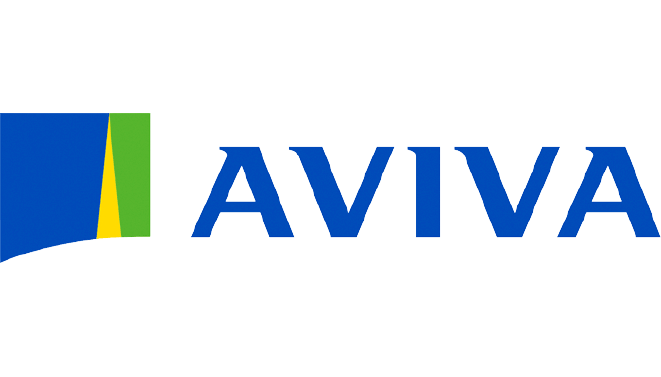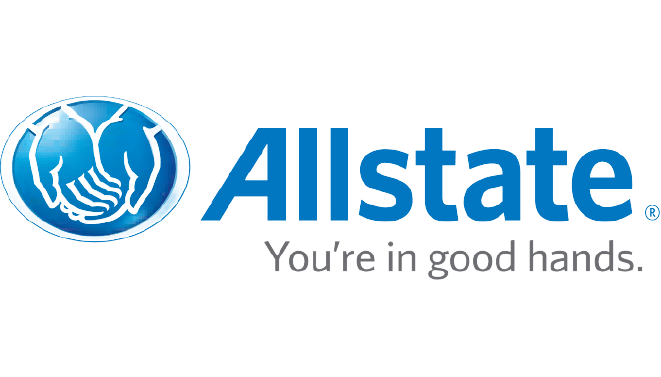Introduction:
In the ever-evolving automotive industry, technology plays a vital role in enhancing the precision and efficiency of collision repairs. Computerized systems have revolutionized the way auto body shops diagnose, analyze, and repair vehicles after accidents. In this article, we will explore the significant role of computerized systems in precision collision repairs, highlighting their benefits and how they contribute to restoring vehicles to their pre-accident condition.
1. Computerized Diagnostic Tools for Accurate Assessments
Computerized diagnostic tools are instrumental in accurately assessing the extent of damage to a vehicle after a collision. These tools utilize advanced scanning technology to identify both visible and hidden damage, ensuring that no issues are overlooked. By providing detailed information about the damaged components, these tools help technicians create a comprehensive repair plan.
2. Precision Frame Straightening with Computerized Measuring Systems
When a vehicle’s frame is compromised in a collision, computerized measuring systems come into play. These sophisticated tools precisely measure the alignment of the vehicle’s frame and provide real-time feedback. With this information, technicians can utilize hydraulic equipment to restore the frame to its factory specifications, ensuring optimal structural integrity.
3. Advanced Paint Matching Technology for Seamless Finishes
Computerized paint matching technology has revolutionized the way auto body shops achieve seamless paint finishes. By utilizing spectrophotometers and advanced software, technicians can precisely analyze the color of the damaged area and match it to the vehicle’s original paint code. This technology ensures that the repaired area blends seamlessly with the rest of the vehicle, resulting in a flawless finish.
4. Computer-Aided Repair Planning and Documentation
Computerized systems aid in the planning and documentation of collision repairs. Through specialized software, technicians can create detailed repair plans that outline the necessary steps and components required for each repair. These systems also allow for accurate estimation of repair costs and help streamline communication with insurance companies and customers.
5. Efficient Parts Ordering and Inventory Management
With the help of computerized systems, auto body shops can efficiently order and manage parts required for collision repairs. Advanced software enables seamless integration with parts suppliers, ensuring accurate and timely ordering. This streamlines the repair process, reducing downtime and allowing for quicker completion of repairs.
6. Enhanced Communication and Customer Experience
Computerized systems improve communication and enhance the overall customer experience during collision repairs. Customers can receive detailed digital reports and visual documentation of the damage and repair progress. Additionally, these systems enable effective communication between technicians, insurance providers, and customers, ensuring transparency and timely updates.
Insurance providers we work with










